| Medical Shape Processing | |||||||||||||||
| Occlusal Surfaces of Molar Teeth, in collaboration with A. Mehl, Ludwig-Maximilians Universität, München. | |||||||||||||||
|
|||||||||||||||
| In this project, we are analyzing the 3D shapes of the occlusal surfaces of teeth, i.e. the surface that is predominantly used in chewing. We converted a dataset of 3D scans (see figure above) into a vector space representation, computed the average tooth (see Figure below), and performed a Principal Component Analysis (PCA) of the distribution of the examples in tooth-space. The first Principal Components are the directions of largest variance in the dataset, so they reflect the most significant degrees of freedom of dental shape. |
|||||||||||||||
| The goals of this project are to learn morphological properties and structural rules of tooth shapes from data. Unlike other morphological descriptions in dentistry, these properties are derived in a fully automated way, without any prior knowledge or any assumptions made by human observers. Another important direction of our research is to develop automated methods for CAD-CAM production of dental inlays or other medical applications. | |||||||||||||||
|
|||||||||||||||
| Lit: A Statistical Method for Robust 3D Surface Reconstruction from Sparse Data. Blanz, V., Mehl, A., Vetter, T. and Seidel, H. P. Int. Symp. on 3D Data Processing, Visualization and Transmission, Thessaloniki, Greece, 2004. pdf |
|||||||||||||||
| |
|||||||||||||||
© Universitiy of Siegen, Chair of Media Informatics 2022© Sascha Nesch 2009

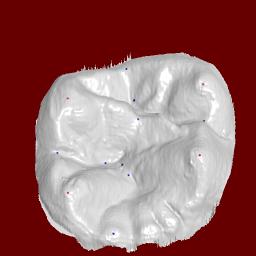
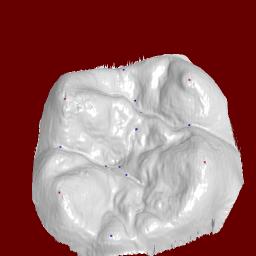
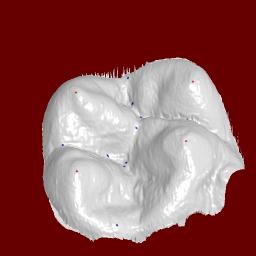
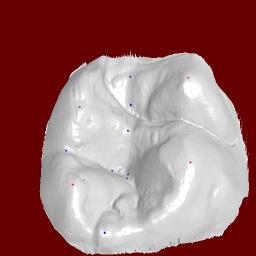
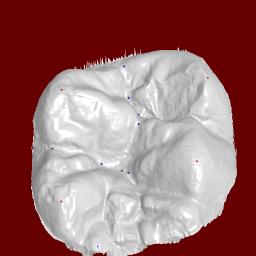
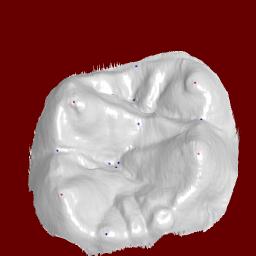
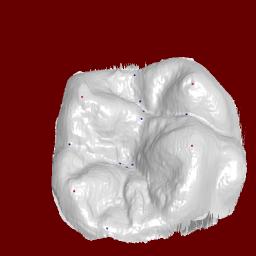
 Average Tooth
Average Tooth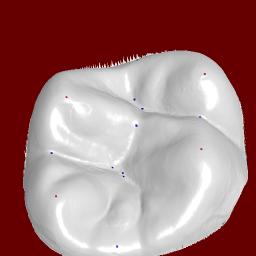
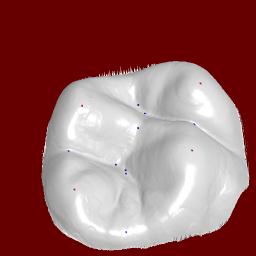
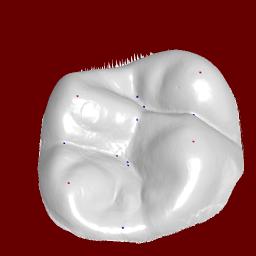
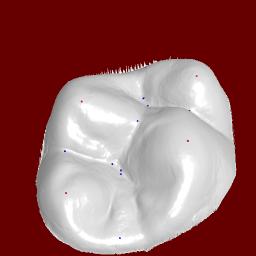
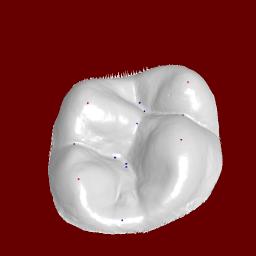 PC1, +/- 3sigma
PC1, +/- 3sigma 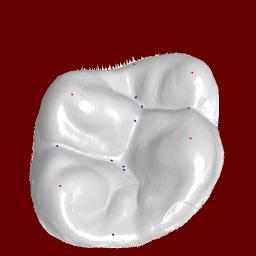 PC2, +/- 3sigma
PC2, +/- 3sigma 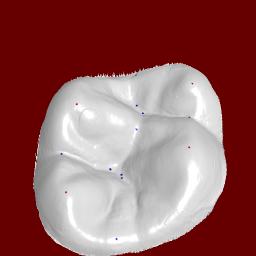 PC3 +/- 3sigma
PC3 +/- 3sigma 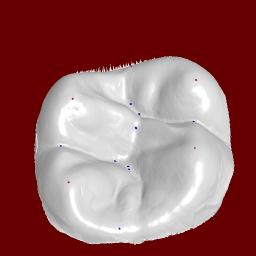 PC4, +/- 3sigma
PC4, +/- 3sigma